BENEFITS OF IRON REMOVAL PLANT

Iron removal plants, also known as iron removal filters or iron filters, are used to treat water contaminated with excess iron and other impurities. These plants offer several benefits in improving water quality and ensuring safe and clean water for various domestic, industrial, and agricultural purposes. Here are some of the key benefits of iron removal plants:
1. Improved Water Quality:
• Iron removal plants effectively reduce the concentration of iron and iron-related impurities in water, resulting in better water quality.
• Clearer and less turbid water is achieved, making it more aesthetically pleasing and suitable for consumption.
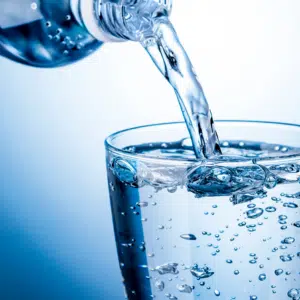
2. Prevention of Staining:
• High iron levels in water can lead to staining of clothes, fixtures, and appliances, such as sinks and toilets. Iron removal plants prevent these stains, saving money on maintenance and replacement costs.
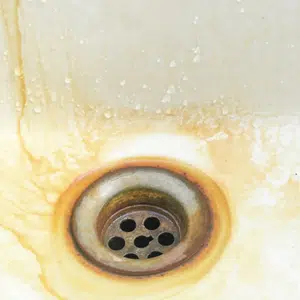
3. Reduction in Metallic Taste and Odor:
• Elevated iron levels can give water a metallic taste and an unpleasant odor. Iron removal plants help eliminate these taste and odor issues, making the water more palatable.

4. Protection of Plumbing and Appliances:
• Iron can build up in plumbing and appliances, causing clogs and reducing their lifespan. Iron removal plants help prevent these issues, reducing maintenance and replacement expenses.

5. Extending the Life of Water Softeners:
• High iron content can damage water softeners and reduce their efficiency. Iron removal plants can prolong the life and effectiveness of water softening systems.
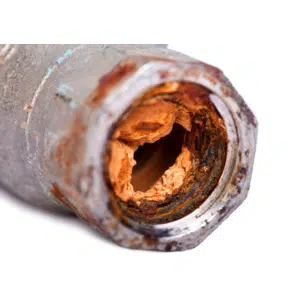
6. Agricultural Use:
• Iron-free water is essential for agriculture, as high iron levels can negatively impact crop health and soil quality. Iron removal plants ensure that water used for irrigation is suitable for farming.

7. Industrial Applications:
• Industries that require high-quality water, such as food processing and pharmaceutical manufacturing, benefit from iron removal plants to maintain product quality and equipment performance.
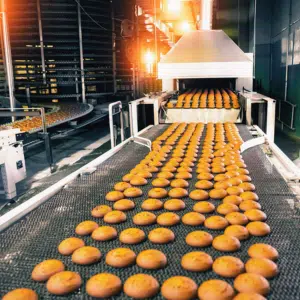
8. Compliance with Regulations:
• Some regions have water quality regulations that set limits on iron concentrations in drinking water. Iron removal plants can help ensure compliance with these regulations.

9. Reduction in Maintenance Costs:
• By preventing iron-related issues in plumbing, appliances, and equipment, iron removal plants can save money on repairs and replacements over time.

10. Environmental Benefits:
• Iron removal plants contribute to the reduction of pollutants in water bodies, as excessive iron can be harmful to aquatic life and ecosystems.
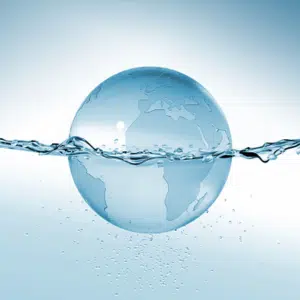
11. Health Benefits:
• High iron levels in water are not generally harmful at the concentrations typically found in drinking water. However, iron removal plants can improve the taste and odor of water, making it more enjoyable to drink.

It’s important to note that the design and effectiveness of iron removal plants can vary based on factors like the type and concentration of iron, water flow rates, and specific water quality goals. Therefore, it’s essential to properly size and maintain these systems to maximize their benefits and ensure consistent water quality.
